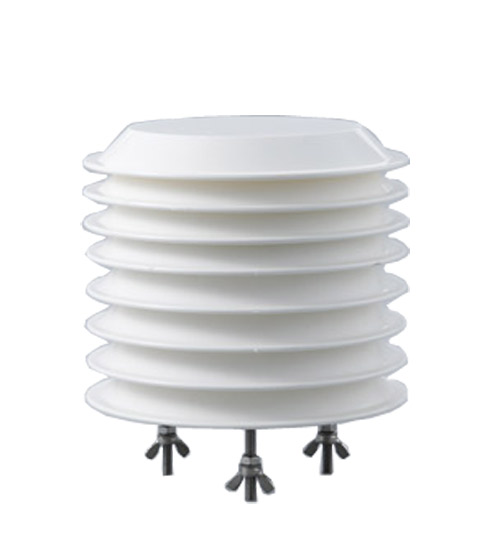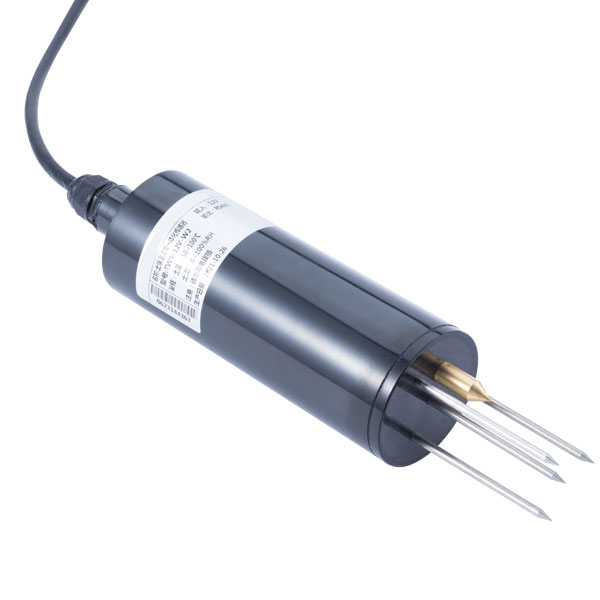

— Blogs —
—Products—
 Consumer hotline +8618073152920
Consumer hotline +8618073152920 WhatsApp:+8615367865107
Address:Room 102, District D, Houhu Industrial Park, Yuelu District, Changsha City, Hunan Province, China
Product knowledge
Time:2023-06-03 20:52:22 Popularity:2903
General airport meteorological monitoring mainly monitors the following meteorological elements:
1. Aviation visibility: that is, the ability of the pilot to see and recognize the approaching objects in the air, the main measurement methods are meteorological optical equipment and radar equipment to ensure flight safety.

2. Wind direction and speed: During takeoff and landing, airport staff need to know clearly the wind direction and speed in order to properly guide the pilot to ensure safe landing.
3. Precipitation: Precipitation can adversely affect the control of landing and takeoff and various airport facilities, so timely information on precipitation is needed.
4. Temperature and humidity: In a general aviation airport, the temperature and humidity need to be considered relatively low to ensure that equipment such as engines only operate under suitable environmental conditions.
5. Atmospheric pressure: Atmospheric pressure is actually the main physical basis for causing wind, so monitoring atmospheric pressure during flight takeoff and landing can effectively control the wind potential and ensure flight safety.
6. Lightning detection: Around airports, lightning and thunderstorm conditions are constant, and lightning detection equipment can provide information on the distance and direction calculated to the lightning.

General airport weather monitoring requires a variety of sensors, the exact number and type of which may vary depending on the monitoring needs and applications. Common meteorological sensors include
Visibility sensors: measure aviation visibility.
Temperature sensors: measure temperature information, the variation of which can affect the performance of aircraft engines, instruments and electronics.
Humidity sensors: measure air humidity to monitor changes in meteorological conditions.
Barometric sensors: measure air pressure to help control changes in airport wind conditions.
Wind speed and direction sensors: measure wind speed and direction to provide accurate meteorological information to support pilots and airport staff with data to guide flight and control.
Precipitation sensors: measure rainfall, rainfall and snowfall to ensure that airport facilities can function properly.
Thunderstorm sensors: monitor lightning and other weather changes to help airport planners better grasp weather trends and plan measures in advance to ensure safe flight operations.
The role of each sensor varies, but all play a vital role in the work of the airport and the safe operation of flights. General aviation airports should select and configure different sensors to meet their actual needs.

The value of general airport meteorological monitoring mainly lies in
1. Ensure flight safety: By monitoring the data of meteorological changes, effective early warning and control can be carried out in time, helping flights to better control takeoffs and landings and ensuring flight safety.
2. Improve airport efficiency: Monitoring weather changes can improve the efficiency of the airport, adjusting flight plans according to the prevailing weather conditions and minimizing the impact of flights due to weather.
3.Provide data support for airport planning: Airport planning needs to consider numerous meteorological changes. By collecting and analyzing meteorological data information, we can provide useful data support for airport planning and maximize the efficiency of airport operations.
Prev:Weather stations for monitoring agricultural environmental elements and meteorological information
Next:What parameters are monitored by the weather stations in scenic areas and which sensors are used
Sensors & Weather Stations Catalog
Agriculture Sensors and Weather Stations Catalog-NiuBoL.pdf
Weather Stations Catalog-NiuBoL.pdf
Related recommendations
Related products
 Atmospheric Temperature Humidity Pr···
Atmospheric Temperature Humidity Pr··· Soil Temperature Moisture Sensor 4-···
Soil Temperature Moisture Sensor 4-··· Air temperature, humidity and atmos···
Air temperature, humidity and atmos···
Screenshot, WhatsApp to identify the QR code
WhatsApp number:+8615367865107
(Click on WhatsApp to copy and add friends)